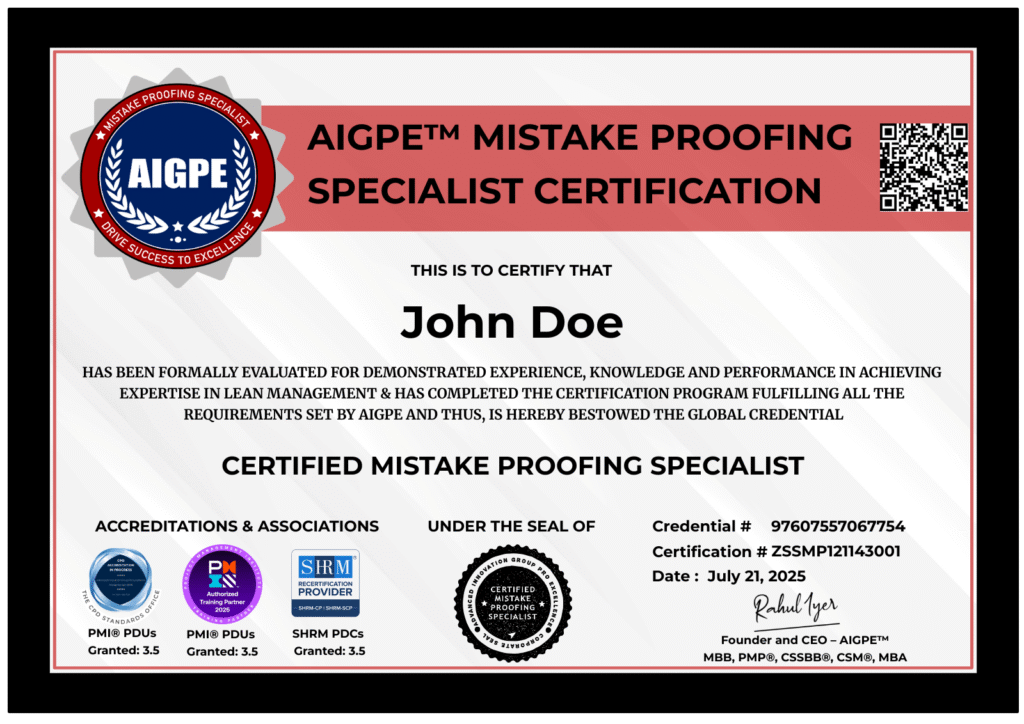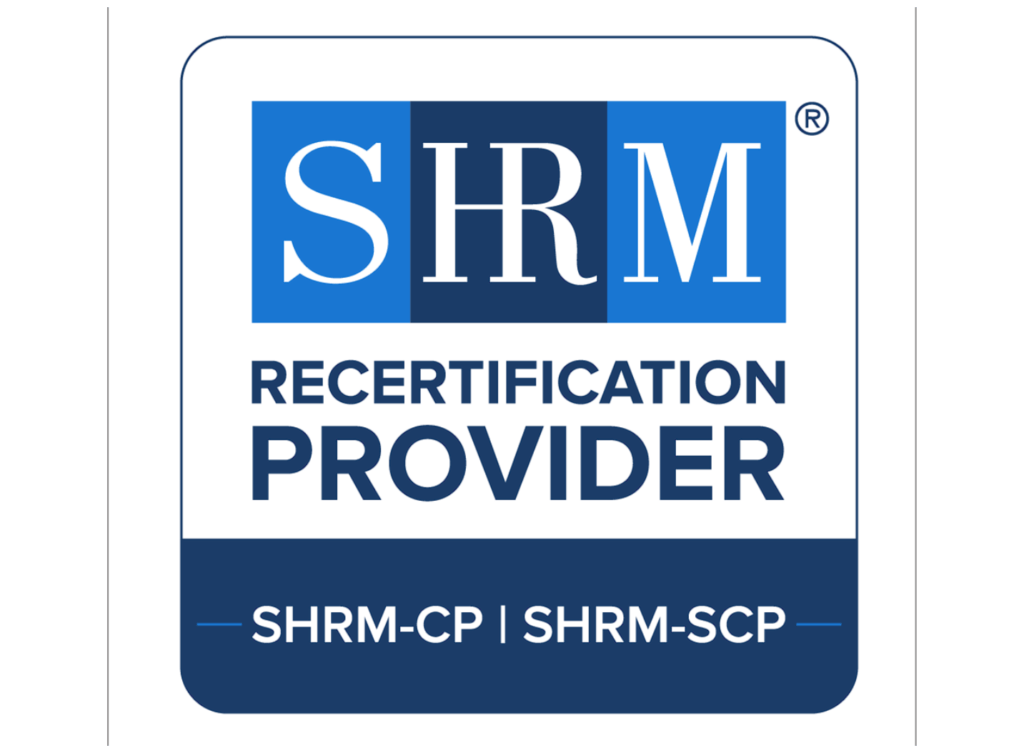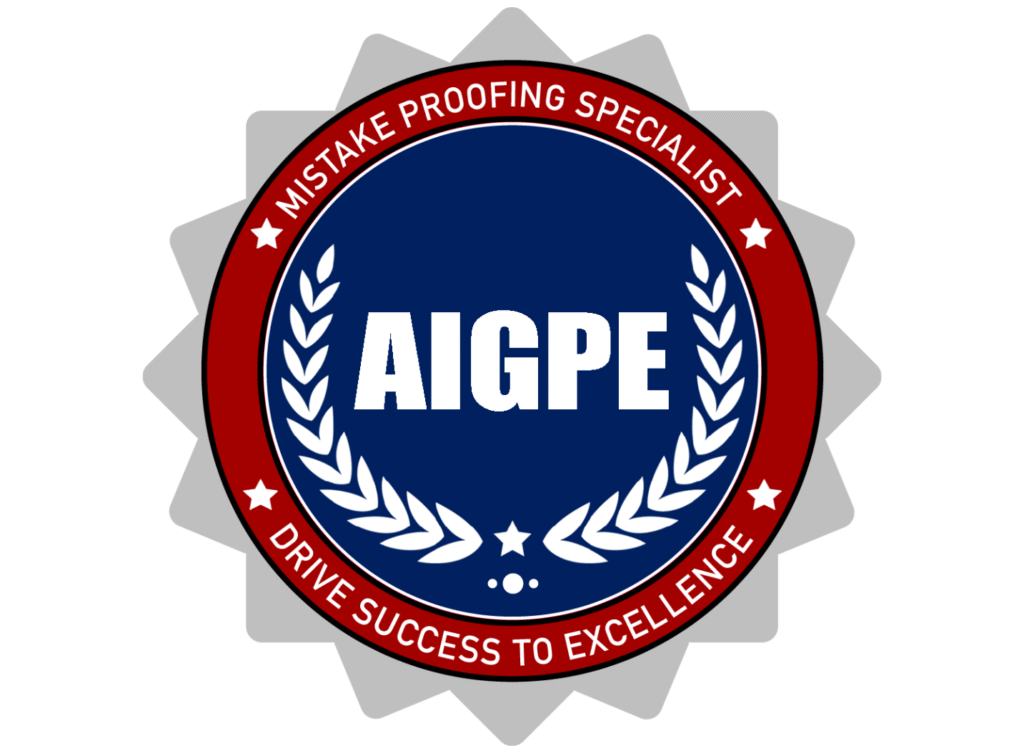The AIGPE™ Certified Mistake Proofing Specialist Body of Knowledge is practical, preventive, and built for real-world service environments. It emphasizes the six core principles of Poka-Yoke—Elimination, Replacement, Facilitation, Detection, and Mitigation—along with AI-enhanced techniques to stop errors before they occur. This body of knowledge empowers professionals to design smarter systems, drive operational reliability, and deliver consistent, error-free service performance.
AIGPE Body of Knowledge for Certified Mistake-Proofing Specialist
1.1 What is Mistake Proofing (Poka-Yoke)?
1.2 Key Principles Of Poka-Yoke
1.3 History And Origin Of Mistake Proofing
1.4 Difference Between Service And Manufacturing Mistake-Proofing
1.5 Why Service Errors Occur?
2.1 Human Errors In Service Industries
2.2 Systemic Errors In Service Industries
2.3 What Are The Psychological Reasons Behind Service Mistakes?
3.1 Introduction – The Five Levels Of Mistake-Proofing In Service
3.2 Level 1: Elimination – Preventing Errors From Occurring
3.3 Level 2: Replacement – Substituting Error-Prone Steps With Automated Solutions
3.4 Level 3: Facilitation – Making The Correct Action The Easiest Option
3.5 Level 4: Detection – Identifying And Stopping Errors In Time
3.6 Level 5: Mitigation – Reducing The Impact Of Unavoidable Errors
4.1 Prevention-Based Mistake-Proofing (Removing Error Possibilities)
4.2 Detection-Based Mistake-Proofing (Catching Errors Before They Cause Damage)
5.1 Step 1: Identify Service Errors & Risk Points
5.2 Step 2: Apply Appropriate Mistake-Proofing Techniques
5.3 Step 3: Integrate Mistake-Proofing Into Existing Workflows
5.4 Step 4: Train Employees To Use Mistake-Proofing Solutions
5.5 Step 5: Monitor & Refine Mistake-Proofing Over Time
6.1 Best Practices To Implement Poka-Yoke
6.2 Common Challenges And Pitfalls In Deploying Poka-Yoke
7.1 Rethinking Mistake-Proofing – Why AI Is Your New Problem-Solving Partner
7.2 How to Describe Your Business Problem to AI and Get Tailored Mistake-Proofing Ideas
7.3 Turn AI Recommendations into Real Systems – Test, Train, and Deploy





